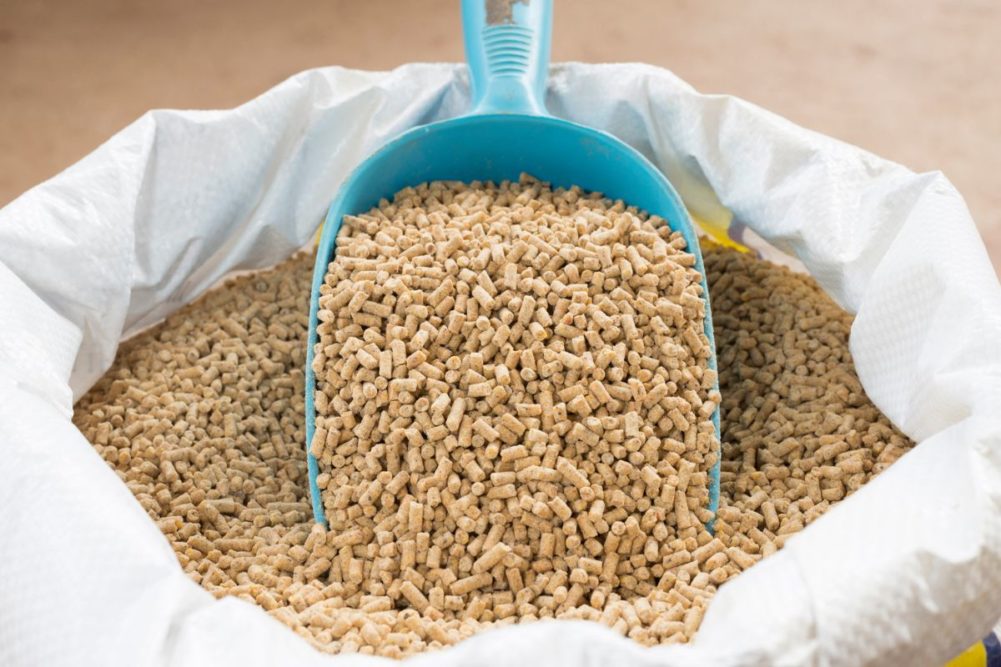LEXINGTON, KENTUCKY, US — In the face of macroeconomic challenges affecting the entire supply chain, global feed production was steady in 2022, down just 0.42% to 1.266 billion tonnes compared to 2021, though Europe endured a significant drop of 12.882 million tonnes (down 4.67%).
These were among the findings of the 2023 Alltech Agri-Food Outlook released Jan. 23, highlighting global feed production survey data. The annual survey, now in its 12th year, includes data from 142 countries and more than 28,000 feed mills.
Europe bore the brunt of the impact, including significant disease challenges, severe weather and the impacts of Russia’s Feb. 24, 2022, invasion of Ukraine. The global COVID-19 pandemic raging since 2020 has had a major impact on the agri-food sector, contributing to supply chain challenges and accelerating the adoption of new technology and environmental sustainability practices.
The top 10 feed-producing countries over the past year:
- China (260.739 million tonnes)
- United States (240.403)
- Brazil (81.948)
- India (43.360)
- Mexico (40.138)
- Russia (34.147)
- Spain (31.234)
- Vietnam (26.720)
- Argentina (25.736)
- Germany (24.396)
Alltech said these countries produced 64% of the world’s feed production, and half of the world’s global feed consumption is concentrated in four countries: China, the United States, Brazil and India.
Vietnam experienced a great recovery in terms of its feed tonnage in 2022, entering the top 10 ahead of Argentina and Germany and crowding out Turkey, which reported reduced feed tonnage. Russia overtook Spain, where there was a significant reduction in feed production.
Feed production increased in several regions, including Latin America (1.6%), North America (0.88%) and Oceania (0.32%), while Europe decreased by 4.67%, Africa by 3.86% and the Asia-Pacific region also dropped 0.51%.
Globally, increases in feed tonnage were reported in the aquaculture, broiler, layer and pet food sectors, while decreases were reported in the beef, dairy and pig sectors.
Pet feed production had the highest increase among the sectors, with a global average 7.25% rise in production. This significant increase is largely due to the rise in pet ownership amid the COVID-19 pandemic. North America and Europe continue to be the top pet feed-producing regions.
Although it experienced a narrow reduction in feed production, China remains the largest feed-producing country in the world, followed by the United States and Brazil.
The poultry sector experienced increases in both layer and broiler feed production.
Avian influenza, other diseases and the high costs of raw materials affected the layer sector in many markets, especially in Asia, Europe and Africa. On the other hand, growth in the sector was boosted due to bigger challenges in other sectors that led to increased demand for eggs. Overall, layer-sector feed production increased by 0.31%.
While the overall tonnage in the broiler sector increased by 1.27%, there were significant differences from country to country. Overall, feed production growth in the broiler sector was reported mainly from the Middle East, North America and Latin America.
Pig feed production was down globally in 2022 by almost 3%. African swine fever (ASF) and high feed prices depressed pig production in many countries. However, in Vietnam, China, South Africa, Brazil and Mexico, better pork prices and other market conditions led to growth in the sector.
Dairy feed tonnage decreased by 1.32%, mainly due to the high cost of feed combined with low milk prices, which caused farmers to reduce their numbers of cows and/or rely more on non-commercial feed sources. Some exceptions included Ireland, where drought caused farmers to rely more on commercial feeds, and New Zealand, where milk prices were higher.
Beef feed production decreased slightly by 0.34% globally. The downward trend continued in Europe, but increases were seen in almost all other regions. In Australia, the reduction in feed tonnage was a result of plentiful grass and not a reflection of any changes in the demand for beef.
The aquaculture sector experienced a total global feed production growth of 2.7%. The Top 5 aquaculture feed countries are China, Vietnam, India, Norway and Indonesia. Significant increases were reported in China, Brazil, Ecuador, the Philippines and the U.S. Aquaculture feed production was one of a few sectors that saw growth in Europe.
North America reported an increase of 0.88% (2.272 MMT) and the U.S. remained the second-largest feed-producing country globally, behind China. Growth was reported in the broiler, beef and pet food sectors.
Latin America experienced growth of 1.6% (3.066 MMT), and Brazil remained the leader in feed production for the region and ranked third overall globally. Most of the growth was reported by Mexico, Brazil and Chile.
Europe saw the largest decrease in feed production of 4.67% (-12.882 MMT) in its feed production due to issues that include the invasion in Ukraine and the spread of animal diseases, such as African swine fever (ASF) and avian Influenza (AI).
Asia-Pacific remained flat as decreases reported in China, Pakistan, Thailand and Malaysia were offset by increases in Vietnam, the Philippines, Mongolia and South Korea. The region is home to several of the top 10 feed-producing countries, including China, India and Vietnam.
Africa experienced a decrease of 3.86% in feed tonnage (-1.718 MMT), mainly because of reductions reported in Egypt, Morocco, Kenya and Nigeria. South Africa, on the other hand, saw an increase of more than 2%, and Namibia also reported higher feed tonnage in 2022.
Oceania was flat, with a small reduction reported by Australia that was offset by a slight increase reported by New Zealand.





